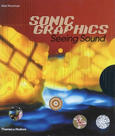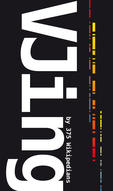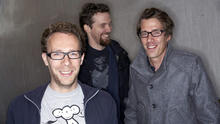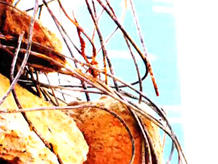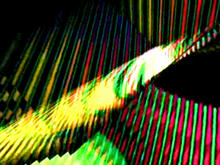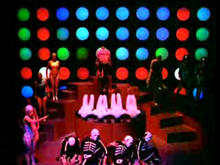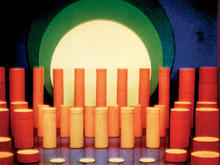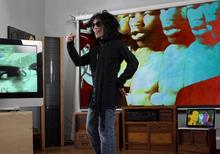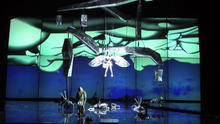Michael Fakesch feat. Taprikk Sweezee: Blackbird
(2009)by Hamburg-based creative shop Giraffentoast created the surreal music promo for the first single called Blackbird.
For Michael Fakesch's solo album Vidos, hamburg-based creative shop Giraffentoast created the surreal music promo for the first single called Blackbird. Fakesch who was once a semi-professional break dancer is now known as the Munich-based beats genius that made up 1/2 of the now-defunct band Funkstörung with Chris de Luca. As for Giraffentoast, when not working on motion projects, design leads Philip Braun and Jens Lueg also pursue print jobs, web design and silkscreen projects.
Source: stash

